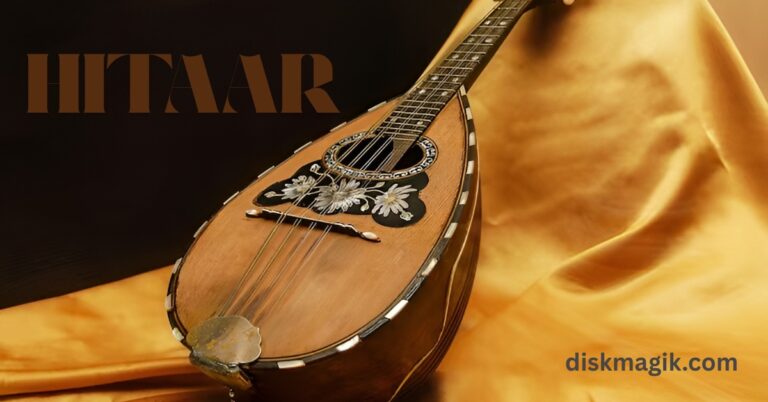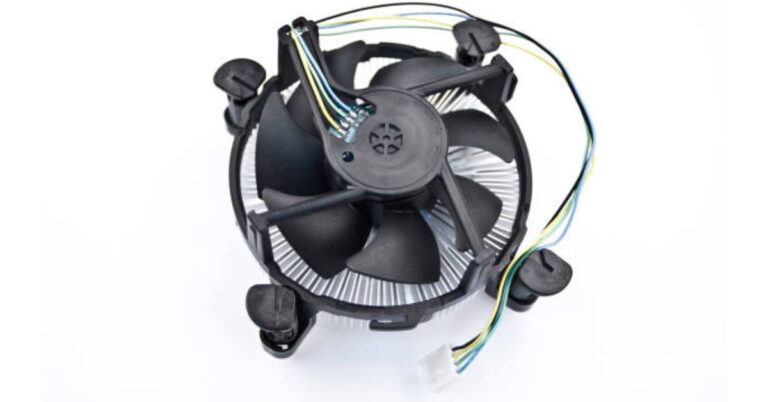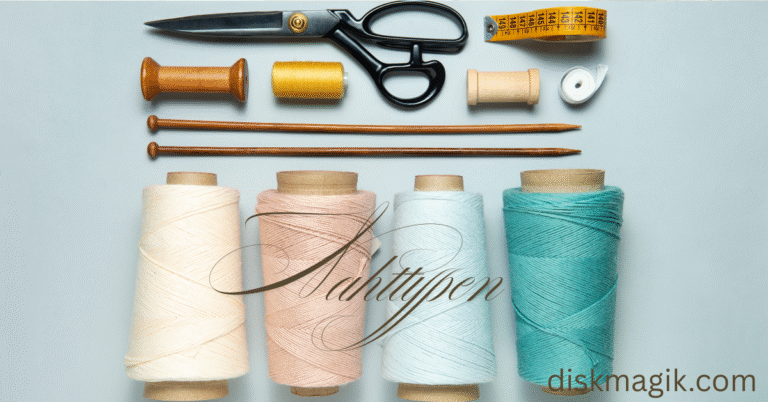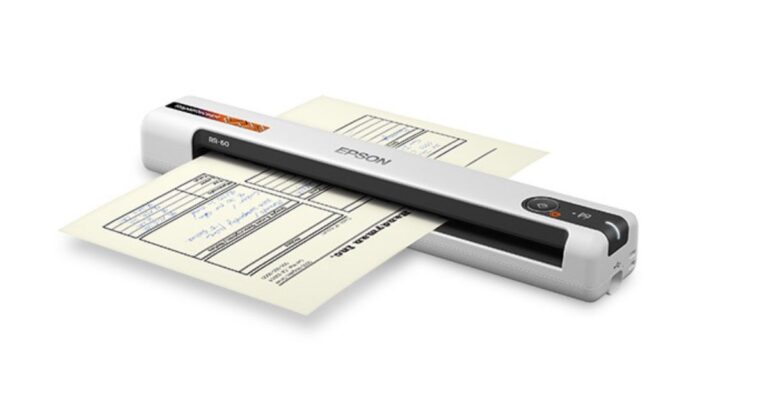Tsunai Haiya — The Story Behind Japan’s Native-American–Inspired Jewelry
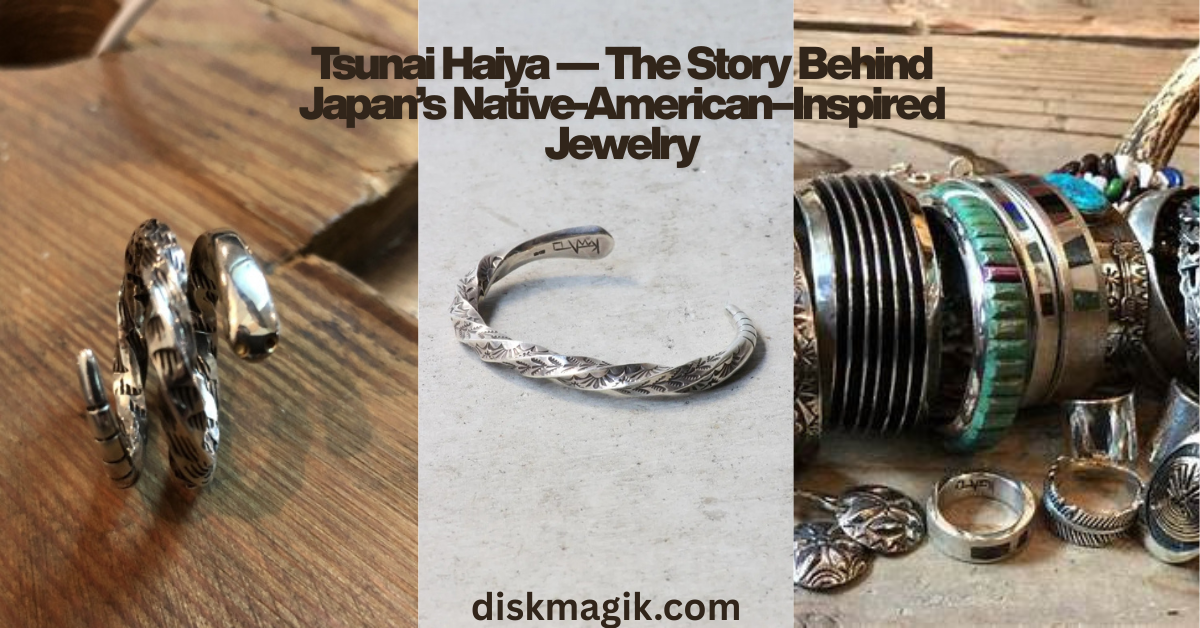
Tsunai Haiya is a small, artisanal jewelry label that blends Native American (particularly Apache) motifs and techniques with Japanese metalworking sensibilities. The result is a distinctive line of rings, bangles, inlay pieces and small leather goods that feel both rugged and refined — a creative fusion that appeals to collectors of handcrafted silverwork and fans of cross-cultural design. This article explains what Tsunai Haiya is, where it came from, how the work is made, where to find pieces, how to care for them, and answers the most common questions buyers and enthusiasts ask.
What is “Tsunai Haiya” (name & meaning)
“Tsunai Haiya” is a name the brand uses that has been described in Japanese write-ups as deriving from an Apache phrase meaning “sunrise (Japan)” — an intentional nod to the connection between Native American artisans and Japanese collaborators who developed the label. This idea of sunrise suggests a meeting of traditions: east meets west in a single, wearable object.
Origins & Founders
The brand has been described in retailer and boutique pages as a collaboration between Japanese creator Yusuke Kuwano and Apache carver Craig Dan Goseyun (San Carlos Apache), which informs both the visual language and some of the production methods behind the pieces. The collaboration and its background are cited in Japanese retailer descriptions and product writeups.
Design Aesthetic & Signature Techniques
Tsunai Haiya pieces typically show a mixture of:
- Hand-stamped silver surfaces and visible hammer/texturing marks.
- Inlay work (small turquoise or multi-stone strips) and polished stone set into silver bands.
- Figurative motifs such as serpents (snake bangles/rings), sun/radiant marks and geometric stamp patterns.
- A deliberate “worn” or antique finish that emphasizes craft over polish.
The brand’s output leans heavily on handcrafted techniques rather than mass production; items are often described as limited runs or boutique stock.
Signature Pieces (what to expect)
Common items you’ll see from Tsunai Haiya include:
- Twist / snake bangles with stamped patterns and open-cuff forms.
- Wide textured silver cuffs and hammered rings with subtle V-shapes for comfort.
- Inlay bangles with multicolored stone strips (small, precise inlay channels).
- Small leather goods (occasionally), such as wallets with metal accents.
How It’s Made (craft & collaboration)
Descriptions from retailers indicate the work mixes Native American inlay and iconography with Japanese silversmithing practices: pieces are hand-cut, hammered, stamped and sometimes feature inlayed stones. Because the brand is born from a cross-cultural collaboration, production often highlights knowledge exchange — Native carving and inlay expertise combined with Japanese finishing and design sensibilities.
Where to Buy & Typical Price Range
Tsunai Haiya is carried by select Japanese boutiques and specialty import shops; you’ll also find second-hand and reseller listings on marketplaces like Rakuten and eBay. Prices vary widely by piece, condition and rarity — expect boutique new pieces or limited releases to command several hundred dollars (or the equivalent in JPY), while pre-owned or smaller items can appear for less on resale platforms.
Caring for Tsunai Haiya Jewelry (quick tips)
- Avoid harsh chemicals: Keep away from bleach, chlorine, and strong cleaners.
- Polish gently: Use a soft silver cloth for light buffing; don’t overpolish areas where patina is part of the design.
- Store separately: Keep in a soft pouch to avoid scratches and prevent tarnish from contact with other metals.
- Professional repair: For inlay or structural work, seek a jeweler experienced with silver and stone repair.
Cultural Notes & Ethical Considerations
Tsunai Haiya presents itself as a collaborative project with Apache artisans; when engaging with cross-cultural craft, it’s good practice to:
- Ask sellers about authenticity and the role of native artisans in production.
- Prefer outlets that clearly acknowledge contributors and pay fair prices to makers.
- Respect cultural motifs — wear and discuss them with awareness of their origins.
Quick Facts Table
| Item | Detail |
|---|---|
| Name meaning | Reported Apache phrase meaning “sunrise (Japan)”. |
| Founders / collaborators | Japanese artist Yusuke Kuwano + Apache carver Craig Dan Goseyun (San Carlos Apache). |
| Typical materials | Sterling silver, turquoise and other inlay stones, leather (for small goods). |
| Signature motifs | Snakes, stamped textures, geometric Native-inspired patterns. |
| Where sold | Japanese boutiques, specialty stores; online resale / marketplaces (Rakuten, eBay). |
Closing thoughts
Tsunai Haiya sits at an interesting crossroads of culture and craft: a small, boutique label that channels Native American inlay and symbolism through Japanese design and finishing. For collectors it’s appealing because each piece reads as handcrafted — with visible tool marks, considered textures and thoughtful use of stone — and for curious wearers it’s a wearable story about collaboration across traditions. If you’re considering a purchase, prioritize reputable sellers, verify maker marks/provenance, and enjoy the rich tactile quality that handcrafted silver brings.
Frequently Asked Questions (FAQs)
Q1 — Is Tsunai Haiya a Native American brand?
A: It’s best described as a collaborative label: Japanese designers working with an Apache carver, producing Native-influenced jewelry in a cross-cultural exchange rather than a purely Native-run brand. Retail descriptions emphasize the collaboration.
Q2 — Are the stones (like turquoise) genuine?
A: Many listings show genuine turquoise or stone inlay, but authenticity can vary by seller and piece. When buying, request certification or close photos and buy from reputable shops.
Q3 — How can I verify a Tsunai Haiya piece is authentic?
A: Check for maker’s marks (some items show stamped signatures), request provenance from sellers, and prefer authorized boutiques or well-documented reseller listings.
Q4 — What price should I expect to pay?
A: New boutique pieces are usually mid-to-high priced for artisan silverwork (hundreds of USD/JPY equivalents); second-hand items vary. Marketplaces sometimes show bargains, but condition and authenticity affect value.
Q5 — Is this style appropriate to wear casually?
A: Absolutely — many people wear Tsunai Haiya pieces as everyday jewelry. The brand’s rustic finish often suits casual and rugged outfits.
Q6 — Do they make custom pieces or size adjustments?
A: Some boutiques note that size orders or adjustments are possible; contact the seller or boutique directly for custom work or resizing options.
Q7 — Are there fakes I should worry about?
A: As with any collectible jewelry, knockoffs and misattributed items exist. Buy from reputable sellers, and when price seems too good to be true, ask for detailed provenance.
Q8 — Where can I learn more or see a collection in person?
A: Watch boutique event pages (Japanese shops often hold special “Tsunai Haiya” fairs) or visit specialty stores that handle Native American and Japanese craft imports. Retailers’ event pages are a good lead.

